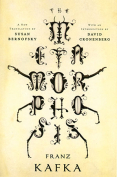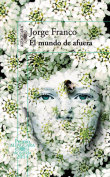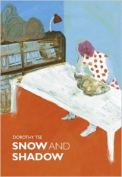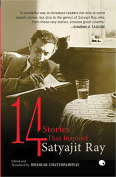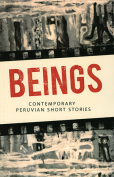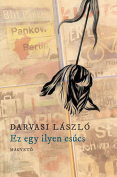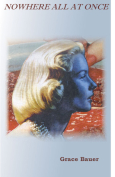Drifting by Katia D. Ulysse
New York. Akashic Books. 2014. ISBN 9781617752407
 “America damages girls,” Flora says, verbalizing the suspicion of her Haitian father, Frisner, in New York. Sagesse’s mother repeatedly sings a Creole song to her daughter about Ti Zwazo: “Ti Zwazo, where are you going? / I’m going to Fiyèt Lalo’s / But Fiyè Lalo knows how to eat children / If you go, she will eat you too.” With such statements, Katia D. Ulysse highlights the social forces influencing the lives of girls growing up in Haiti and America. In this set of stories, orchestrated into novel form, the trajectories of the principal protagonists’ lives seem to offer few escapes.
“America damages girls,” Flora says, verbalizing the suspicion of her Haitian father, Frisner, in New York. Sagesse’s mother repeatedly sings a Creole song to her daughter about Ti Zwazo: “Ti Zwazo, where are you going? / I’m going to Fiyèt Lalo’s / But Fiyè Lalo knows how to eat children / If you go, she will eat you too.” With such statements, Katia D. Ulysse highlights the social forces influencing the lives of girls growing up in Haiti and America. In this set of stories, orchestrated into novel form, the trajectories of the principal protagonists’ lives seem to offer few escapes.
The girls depicted don’t become fulfilled adults. Flora, the oldest of Frisner’s three unwanted daughters, leaves home three days after her high school graduation and doesn’t return. Yseult Joseph, talented, desirous of becoming an artist, is last seen as a waitress in a hotel bar worrying about getting enough tips for rent, wearing an artificial smile, serving clients clueless about Haiti, and listening to her boss telling her to get back on the boat if she can’t understand the words “guest satisfaction.” Raped at the age of eight in rural Haiti, Sagesse succumbs, after having started college, to economic pressures exacerbated by her mother’s death. Manipulated by a perverted teacher and offered drugs by a madame, she becomes a pole dancer. Thus, Frisner’s suspicion seems validated.
The narrative focuses on the link between the two schoolgirl friends in Haiti, Flora and Yseult. Both narrate their own stories. Inseparable at school, they are “like the wings of a hummingbird.” They both speak creolized French and during recess—their only asylum from adults—play the forbidden Good Underwear game. Both are punished by Sister Bernadêtte, punishments they secretly enjoy because they can look out the window over the Cabane Choucoune, where half-naked tourists relax, sipping drinks with little umbrellas in them.
The fathers of both girls left their families in Haiti for New York. Both are sent for with their mothers years later. Hoping to meet, the two friends never relocate one another in the metropolis. Neither finds a satisfactory profession; neither starts a family. In spite of the girls’ potential—Yseult’s drawings are striking even to Sagesse’s untrained eye—little of it is realized. Flora never finds the “ja” of gold coins, her Caribbean Powerball ticket, nor Sagesse the religious miracle sought on the mountaintop in Léogâne. Social pressures seem stronger than the protagonists’ ability to overcome them although, on the narrative’s fringes, characters like Fatima and Flora’s sisters discover satisfying careers.
Regarding language, Ulysse uses hyperbole in her attempt to reproduce the language of youth. She adds spice with her similes: “The mulâtresse is yellow like okra blossoms.” Assimilating qualities of Danticat and Alvarez, Ulysse paints a variegated literary tableau, more sociological than psychological or historical, that translates into fiction the reality, as well as the fragility and vivacity, of life for young Haitian American women of few means.
Robert H. McCormick Jr.
Franklin University Switzerland







